10 High-Fiber Vegetables To Enhance Your Well-being
High-fiber vegetables are an excellent addition to a healthy diet as they provide essential nutrients and contribute to overall digestive health. In this article, VINUT will delve into the world of high-fiber vegetables, exploring their various types, benefits, and how you can incorporate them into your daily meals.
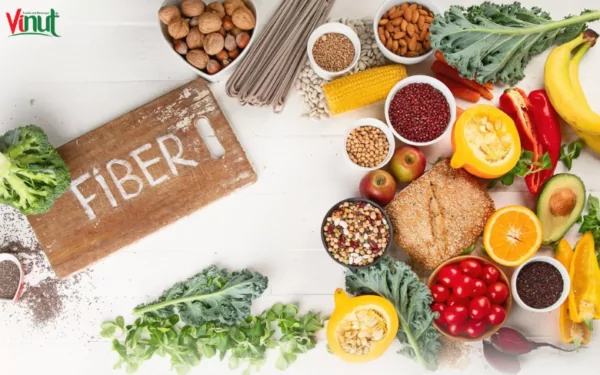
What Is Fiber And What Types Are There?
Fiber is a type of carbohydrate that cannot be digested or absorbed by the human body. Instead, it passes through the digestive system largely intact, providing several health benefits. Fiber is found in plant-based foods such as fruits, vegetables, whole grains, legumes, nuts, and seeds.
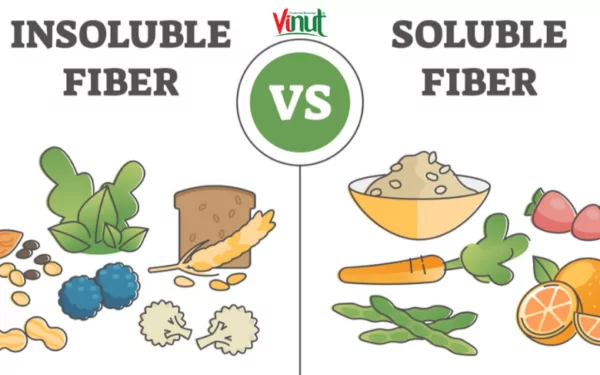
Soluble Fiber
Soluble fiber helps slow digestion, promotes feelings of fullness, and can help stabilize blood sugar levels. Some great sources of soluble fiber include oats, legumes, fruits like apples and oranges, and vegetables like carrots and broccoli.
Insoluble Fiber
Insoluble fiber plays an important role in maintaining a healthy digestive system because it helps promote regular bowel movements and prevent constipation. Insoluble fiber can be found in whole grains, nuts, seeds, and many vegetables, such as cauliflower, cabbage, and dark green
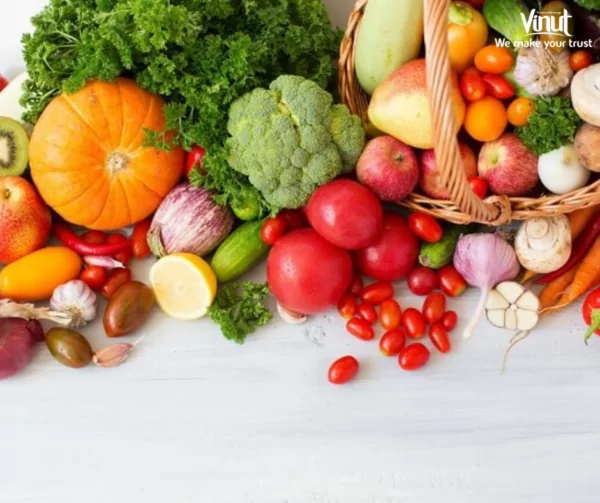
The Benefits of Fiber
Improves Digestive Health
Fiber helps promote regular bowel movements, which in turn helps prevent or alleviate common digestive problems like hemorrhoids, diverticula, and irritable bowel syndrome (IBS).
Weight Management
Foods that contain fiber can keep you full for longer, help control appetite and contribute to weight management. Fiber can also slow digestion to help you feel full for longer.

Blood Sugar Control
Soluble fiber can help regulate sugar levels, slow glucose absorption, prevents blood sugar spikes, and promotes more stable blood sugar control.
Heart Health
Consuming foods that contain fiber can have a positive effect on heart health. Certain types of fiber, such as soluble fiber, can help lower LDL (bad) cholesterol levels by binding to cholesterol in the digestive system and promoting its removal from the body.

Top 10 High-fiber Vegetables
1. Artichokes
Artichokes are one of the highest-fiber vegetables. A medium-sized artichoke provides around 10 grams of fiber.
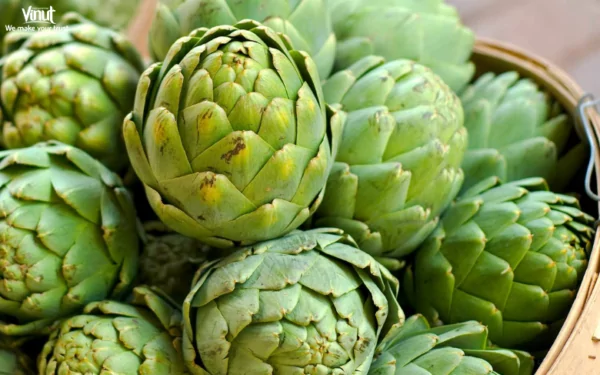
2. Brussels Sprouts
Brussels sprouts are a cruciferous vegetable that is rich in fiber. Half a cup of cooked Brussels sprouts contains about 4 grams of fiber.
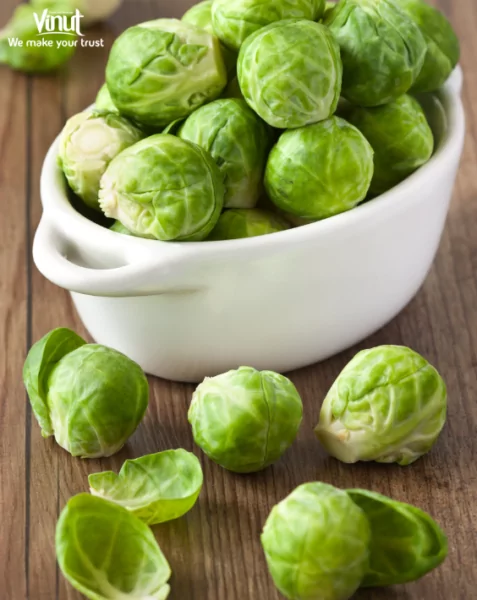
3. Broccoli
Broccoli is another cruciferous vegetable that is packed with fiber. Half a cup of cooked broccoli offers approximately 2 grams of fiber.
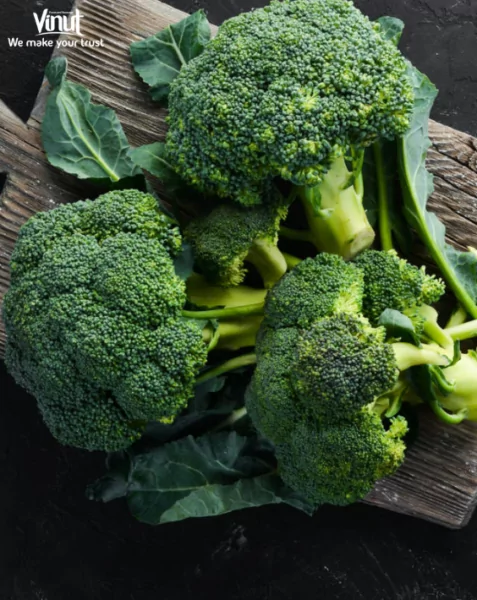
4. Carrots
Carrots are well-known for their beta-carotene content and are also a good source of fiber. One medium-sized carrot provides around 2 grams of fiber.
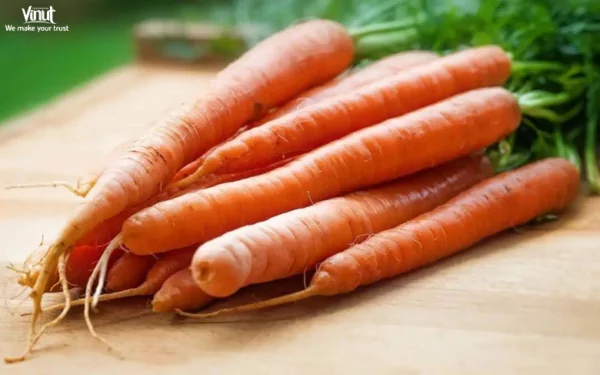
5. Spinach
Spinach is a leafy green vegetable that is low in calories and high in fiber. Half a cup of cooked spinach contains approximately 2 grams of fiber.
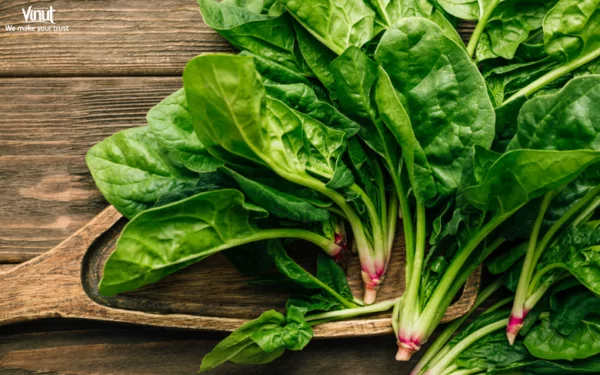
6. Kale
Kale is a nutrient-dense leafy green vegetable that is rich in fiber. One cup of raw kale provides about 2.5 grams of fiber.
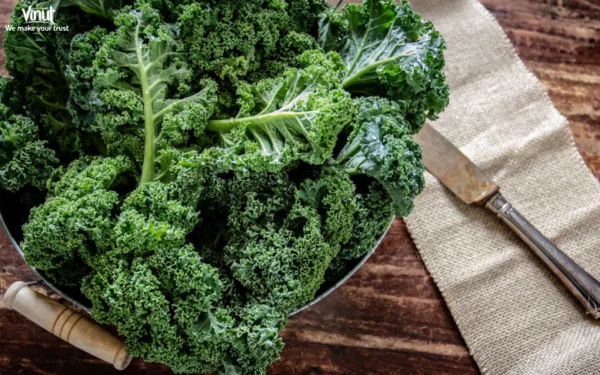
7. Peas
Peas are a legume vegetable and offer a good amount of fiber. Half a cup of cooked peas contains around 4 grams of fiber.

8. Sweet Potatoes
Sweet potatoes are a starchy vegetable that is also a decent source of fiber. A medium-sized sweet potato provides approximately 4 grams of fiber.
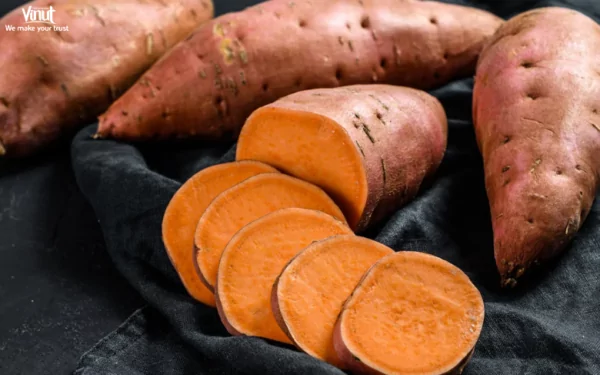
9. Bell Peppers
Bell peppers, particularly the colorful ones, are not only rich in antioxidants but also offer a moderate amount of fiber. One medium-sized bell pepper contains about 2 grams of fiber.
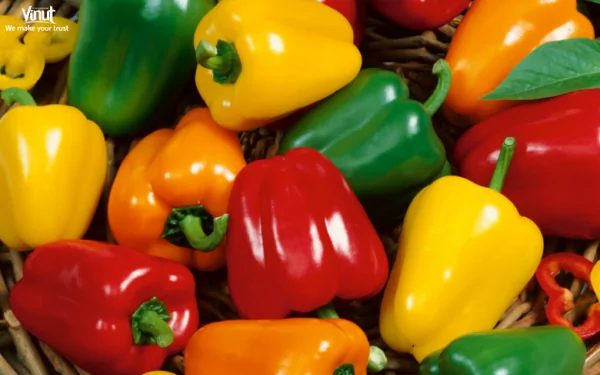
10. Cauliflower
Cauliflower is a versatile vegetable that can be used as a low-carb alternative in various dishes. Half a cup of cooked cauliflower contains approximately 2 grams of fiber.
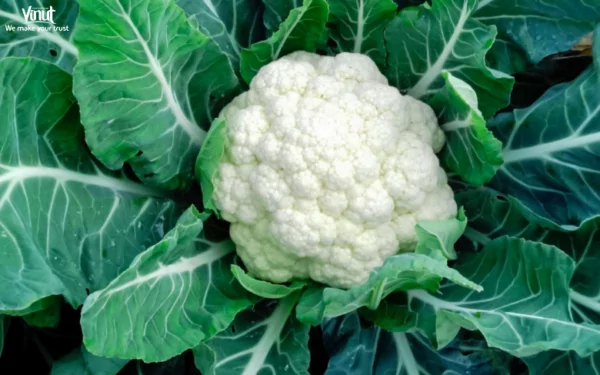
Incorporating High-fiber Vegetables Into Diet
Start with a Salad
Begin your meals with a fresh salad made from a variety of leafy greens like spinach, kale, or mixed greens. Add in other fiber-rich vegetables like sliced cucumbers, cherry tomatoes, shredded carrots, and bell peppers.

Blend Fiber into Smoothies
Sneak some fiber-rich vegetables into your morning smoothies. Spinach, kale, and cucumber are excellent choices as they blend well with fruits and provide a nutritional boost.
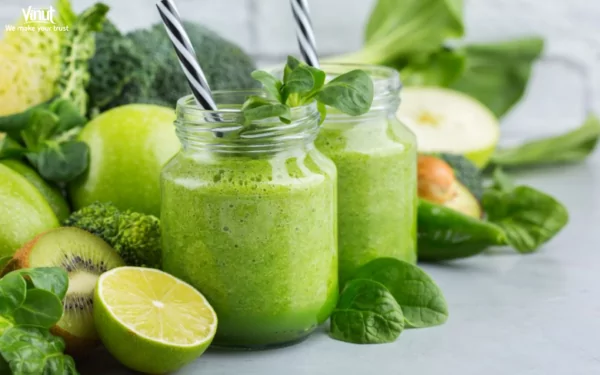
Make Stir-Fries and Sauteed Vegetables
Stir-frying or sautéing vegetables is a quick and delicious way to retain their crunchiness while preserving their fiber content. Use high-fiber veggies like broccoli, bell peppers, snap peas, and cauliflower as the base.

